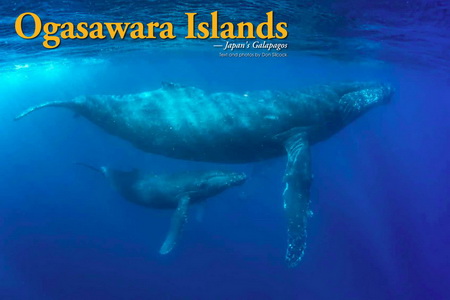Diving the Ogasawara Islands… Often referred to as the Oriental Galapagos, the Ogasawara archipelago is located in the north-west Pacific Ocean. About 1000km south of Tokyo and is one of the most isolated and remote parts of Japan.
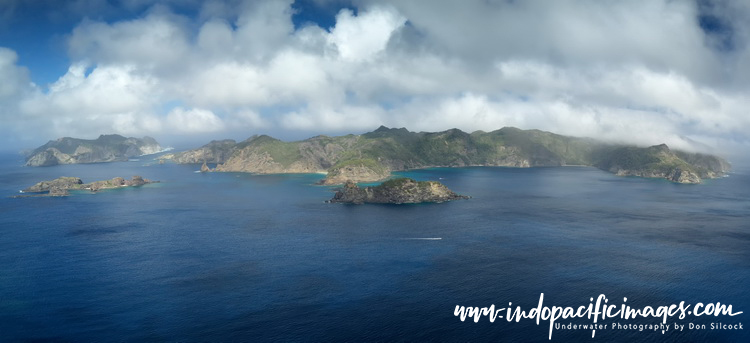
Despite their distance from Tokyo, the 30+ Ogasawara Islands are administered from the Japanese capital. And the only way to get there is also from Tokyo… On the weekly ferry service as there are no airports on any of the islands!
The isolation of the archipelago, combined with the fact that the islands have never been connected to a continent. Is said to have produced a “Galapagos effect” with flora and fauna that is unique to the islands. Plus, because they are one of very few significant land masses in the north-west of the Pacific. It means that the islands provide a much-needed safe refuge for many endangered species.
Volcanic in nature, visually the islands are really quite remarkable. They rise spectacularly out of the surrounding deep waters and oceanic trenches.

The archipelago is on a similar geographical latitude to the more well-known Okinawa Islands. And share the same subtropical climate, with warm temperatures all year-round.

Similarly, the Ogasawara Island reefs rich in healthy corals and abundant fish life.
But it is the larger creatures of the underwater world that convinced me to make that long journey.
For every year the Ogasawara archipelago is visited by northern humpback whales.
And there is also a resident population of sperm whales…
The Ogasawara Islands – Getting There…
Simply travelling to the Ogasawara Islands is an adventure in itself! One that will quickly immerse you in an interesting mix of Japanese culture and protocol, plus the country’s amazing infrastructure.
My personal journey involved getting from Bali to Tokyo’s Haneda airport. Which is built on reclaimed land in Tokyo Bay. And is effectively “down town” as opposed to Narita which is 40km outside of the city.
The Ogasawara weekly ferry departs from Takeshiba pier, in the harbour area close to Tokyo Bay. Which means using the excellent, if initially mind-boggling, Tokyo rail system to get between the two.

Boarding the actual ferry, the Ogawasara Maru, is done with true Japanese courtesy and efficiency. But you quickly realize that foreigners are few and far between on this journey…
The ship itself is excellent. With restaurants and vending machines for everything you might possibly require for the 24 hours it takes to get to Futami port on the main island of Chichijima.
Overall it is an interesting and immersive journey. With the hardest part being getting your diving and photographic equipment from Haneda to Takeshiba pier!
The return journey is equally interesting as the locals in Chichijima like to see the Ogawasara Maru off. And it seems like everybody with a boat turns up to wish the ferry a safe return journey to Tokyo…

Diving the Ogasawara Islands – Underwater
The reef systems around the main island of Chichijima are generally in excellent condition. With healthy hard coral growth plus, a wide variety of tropical reef fish. Including the wrought-iron butterflyfish (Chaetodon daedalma). A species native to southern Japan and relatively common around the Ogasawara Islands.

There is also a healthy population of sand-tiger sharks that congregate in Futami port. Mainly around a wreck on the eastern side of the large bay at the entrance to the main harbour.
Interestingly, the sand tigers enter the main harbour at night to hunt. And they can easily be seen in the lights from the pontoons.

Overall the diving around Chichijima is very pleasant, but not spectacular. Until that is the local stars of the show make an appearance… There is a significant population of both spinner and bottlenose dolphins in and around Chichijima. So there is a strong possibility of an underwater encounter with a pod of these wonderful creatures.

Diving the Ogasawara Islands – The Whales
Northern hemisphere humpback whales visit the Ogasawara Islands between February and April each year. They are a common sight around Chichijima and a major tourist attraction.
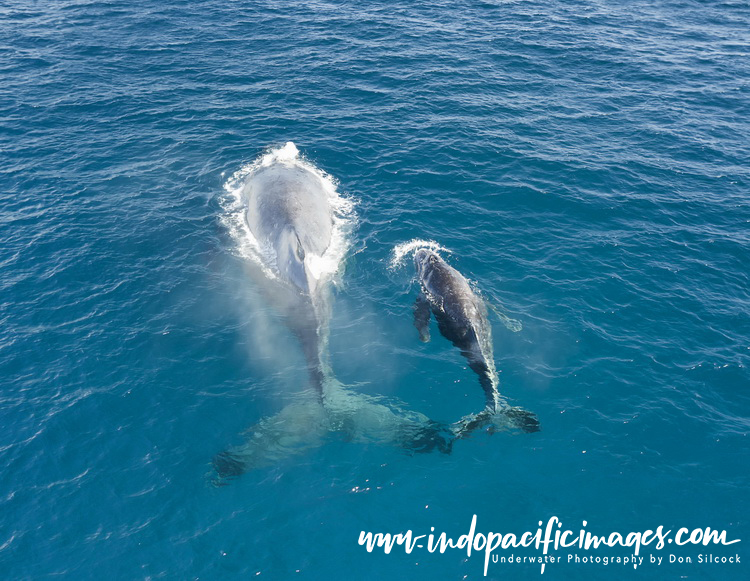
But… in-water encounters are not allowed as such. With a mandatory exclusion zone of 100m around any humpback whale. However, if you are in the water and the whale swims towards you… Then the encounter happens on their terms and all is well in the world!
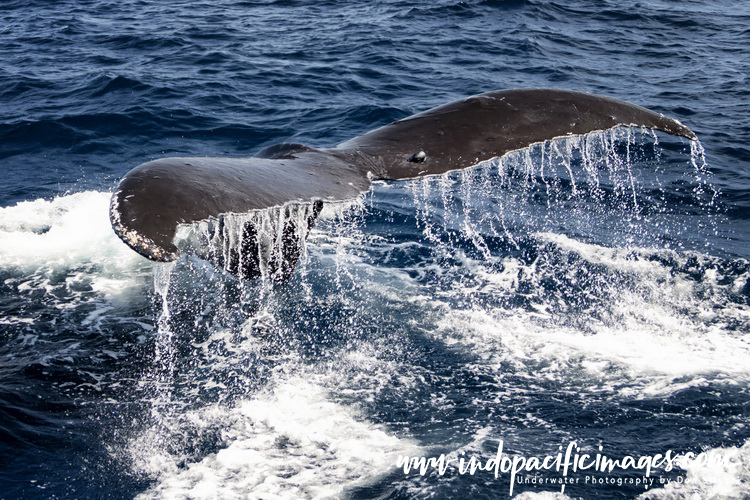
The archipelago also has a resident population of sperm whales. However they are typically only seen in August and September, when the weather is at its best and the seas are calm. And they rarely come in to the coastal waters around either Chichijima or Hahajima.
Instead they prefer the deep waters some 10km off the coast of Tatsumizaki Island to the south east of Chichijima. In-water encounters with the sperm whales are also not allowed. And a 50m exclusion zone applies, but again if they swim towards you that is also OK…
The general area around the archipelago was known as the “Japan grounds” during the early 19th century. When whaling was at its peak and because Japan was closed to foreigners. So at that time the Ogasawara Islands was used as safe harbors to replenish supplies.
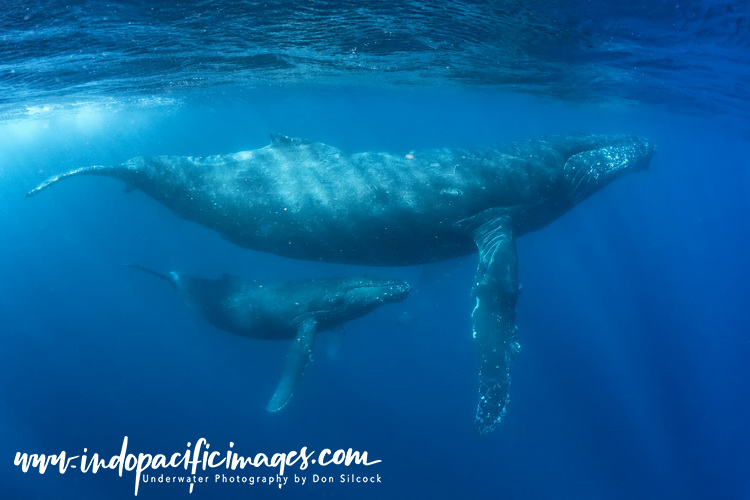
Immersion Therapy
It’s a long journey to get to the Ogasawara Islands… One that typically will take at least two days each way. With one day to get to Tokyo and another 24 hours on the ferry to Chichijima.
Diving the Ogasawara Islands is good, but not fantastic and the whale encounters are somewhat hit and miss. But as an overall experience it is terrific and Japan is one of my favorite countries. And never ceases to amaze me with its incredible culture, history and possibly the nicest, most polite people in the world!
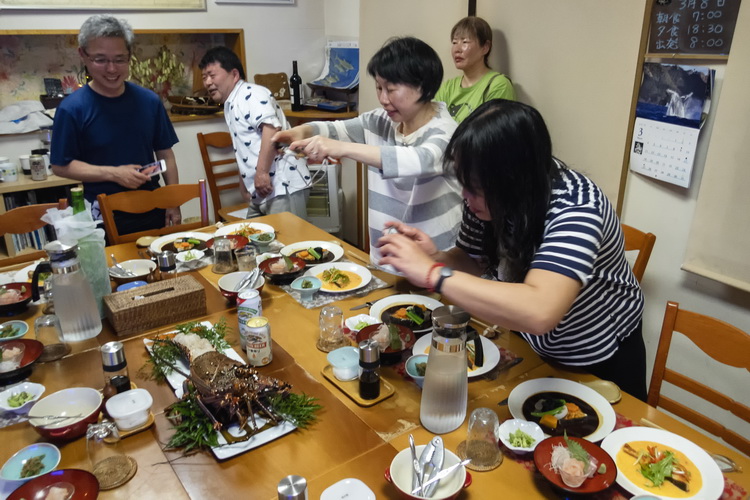
The cities in Japan are truly incredible. But they are a completely different experience to what the small towns and villages offer. And the Ogasawara Islands take that even further… As there are simply no big hotels to stay in an insulate yourself from the locals.
Instead you stay in pensions and guest houses. That means you are right in the thick of how the locals live, eat and socialize. And which was probably the highlight of the overall experience!
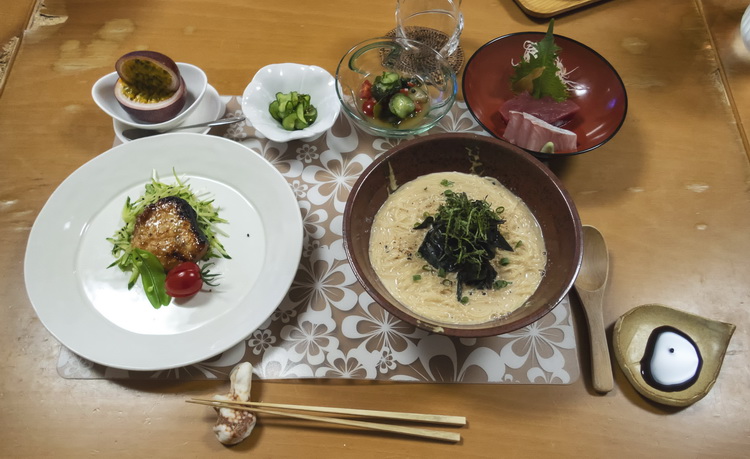
The Ogasawara Islands – An Overview
Also known as the Bonin Islands, the Ogasawara archipelago consists of over 30 subtropical and tropical islands. The Bonin Islands name derives from the Japanese word “bunin” meaning uninhabited or “no people”.
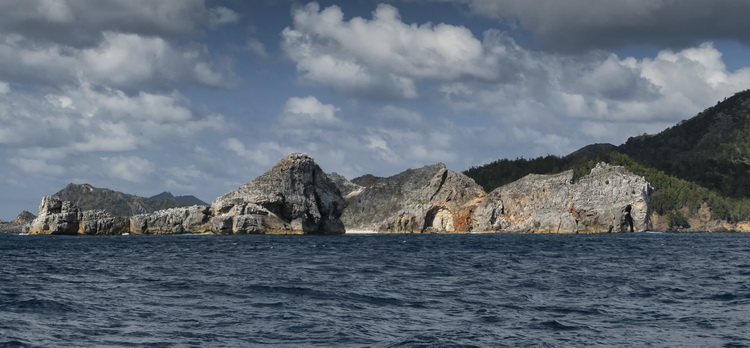
And still today only two of the islands are inhabited. The main island of Chichijima (Father Island) which is also the seat of the municipal government and home to about 2500 people.

And the island of Hahajima (Mother Island) which includes Ogasawara Village, and has a smaller population of about 450 residents.
Discovered in 1593 by Ogasawara Sadayori, the Ogasawara Islands were claimed by him for the Tokugawa Shogunate.
But they remained largely uninhabited until 1830 when a small group of Westerners and Pacific Islanders established a colony on Chichijima.
The islands officially became Japanese territory in 1875, and later served as military bases during the Second World War. After which they were occupied by the United States until 1968 when they were returned to Japan.
Chichijima Island, the largest of the Ogasawara Islands. It is mountainous and covered in rich subtropical forest with white sand beaches and steep rocky cliffs. And is a popular destination for domestic Japanese tourists and is known for whale and dolphin watching.
Hahajima Island is 40km south of Chichijima. But is smaller, less developed and is accessible only by the regular ferry between the two islands.
X-Ray Magazine Article
I documented my whole experience in Bimini in a comprehensive six-page article that was published recently in the global dive magazine X-Ray.
You can use this link to download the Diving the Ogasawara Islands article.


